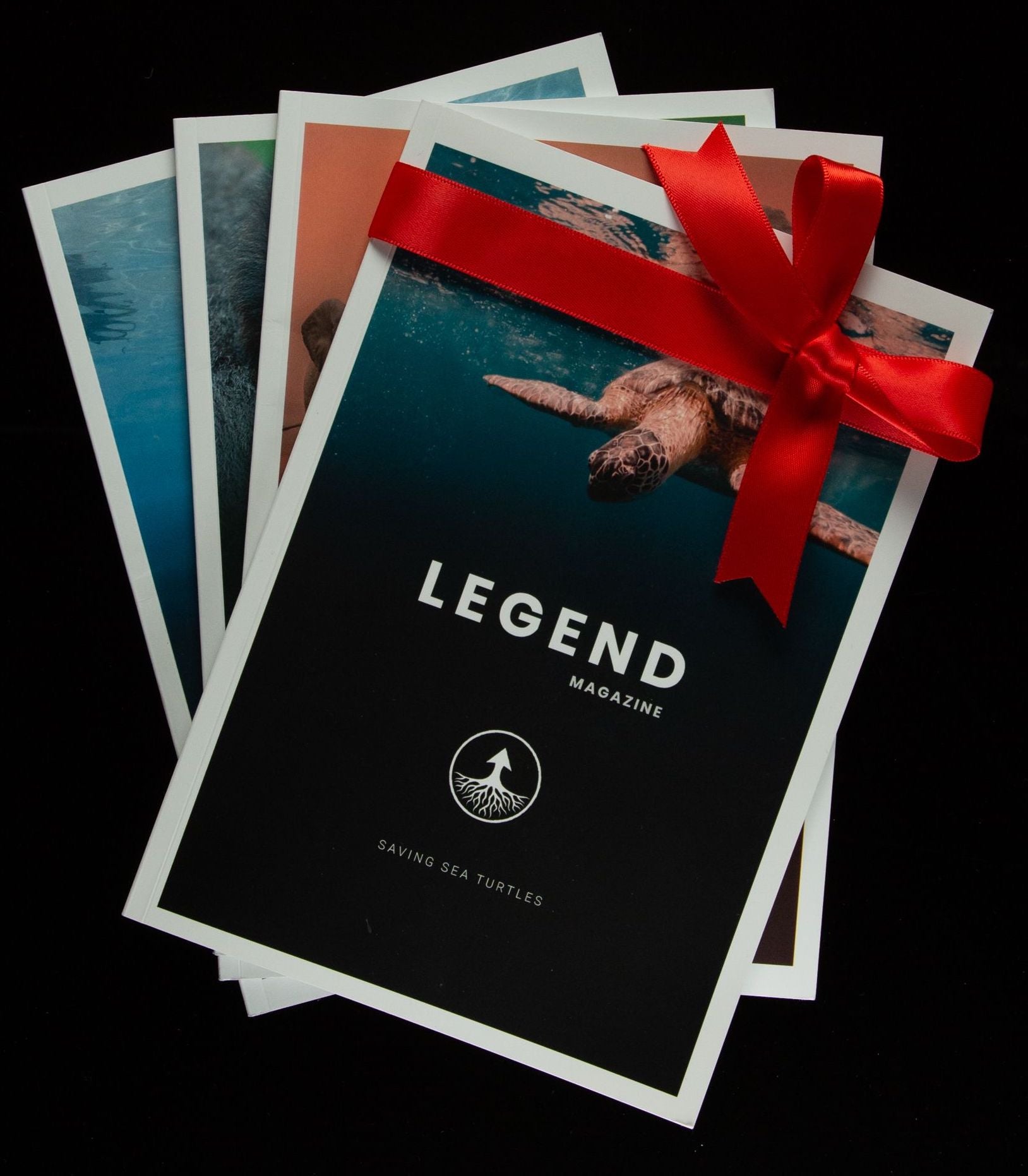
Sea turtles are endangered and plastics are killing them. Our oceans are littered with plastic and just recently, a baby sea turtle named Izzy, passed away due to plastic ingestion. Izzy is just one of many sea turtles killed by plastics. Sadly, he would not be the last sea turtle to suffer this fate.

Izzy’s Death
Izzy was rescued by The Olive Ridley Project, an organization dedicated to protecting sea turtles and their habitats. He was being treated for a cloacal infection and plastic ingestion. At first, Izzy was responding well to the treatment. However, he turned for the worse in a matter of days. He passed a massive amount of microplastics and the Olive Ridley Project team suspects that this ultimately led to his death.

How Plastic Pollution is Killing Sea Turtles
It seems incomprehensible how plastics, a seemingly commonplace human item can be lethal. But the underwater reality is, they are destructive and have killed and injured many marine animals including sea turtles. Let’s dive in deeper and expose the horrors plastic pollution brings to sea turtles.
Sea turtles do not have the best vision. And plastics floating in oceans look like food for hungry sea turtles. They mistake plastic bags for jelly fish and fishing nets look very similar to seaweed. This honest mistake sounds harmless but this can actually cost them their lives. Plastics can block their intestines and also pierce their intestine walls resulting in internal bleeding. Sea turtles can also die from starvation and malnutrition because of ingesting plastics. Plastics make sea turtles feel full so they stop looking for other food sources.
The dangers posed by plastics do not stop there. These ancient mariners can get entangled in plastic debris which can choke them to death or cause injuries which sometimes can be beyond repair. They also can get entangled in fishing nets. Although sea turtles are powerful swimmers, once entangled, they get weighted down and can no longer surface and heartbreakingly, they drown and die.
Plastics Also Kill Turtle Hatchlings
Seaweed mats feed sea turtle hatchlings and also protect them from predators. The newly hatched turtles spend their first years here. But plastics can ruin their chances of surviving. Plastics break down into tinier pieces we refer to as micro plastics. These microplastics get trapped in the seaweed mats and the hatchlings end up eating them. Izzy, is just among many baby sea turtles who end up dying with their tiny bellies filled with microplastics. When seaweed mats are littered with microplastics, baby sea turtles can get entangled in them and eventually they can suffocate as they struggle to surface.
What Can You Do To Help?
8 million tons of plastic pollution is not an easy problem to solve. It will take all of us pitching in, doing what we can to lessen the problem and eventually get rid of this problem once and for all. So, yes, every little thing counts. In your own little way, you can help lessen plastic pollution and keep the oceans safe for sea turtles by using reusable bags and containers, saying no to plastic cutlery for your meal takeaways or meal deliveries, picking up trash, and supporting local, regional and nationwide bans on grocery plastics. These small acts can make a big wave in solving our plastic pollution.
Support The Olive Ridley Project
The Olive Ridley Project has been rescuing and rehabilitating sea turtles and protecting their habitat since 2013. They do a holistic approach in saving these prehistoric reptiles. In addition to rescue and rehabilitation, they also do scientific research, education and outreach. We have partnered with the Olive Ridley Project to help support their mission to remove plastic ghost nets from the ocean and save injured sea turtles. You too can help! Wear the Sea Turtle Legend Bracelet and help save sea turtles and other marine animals!


